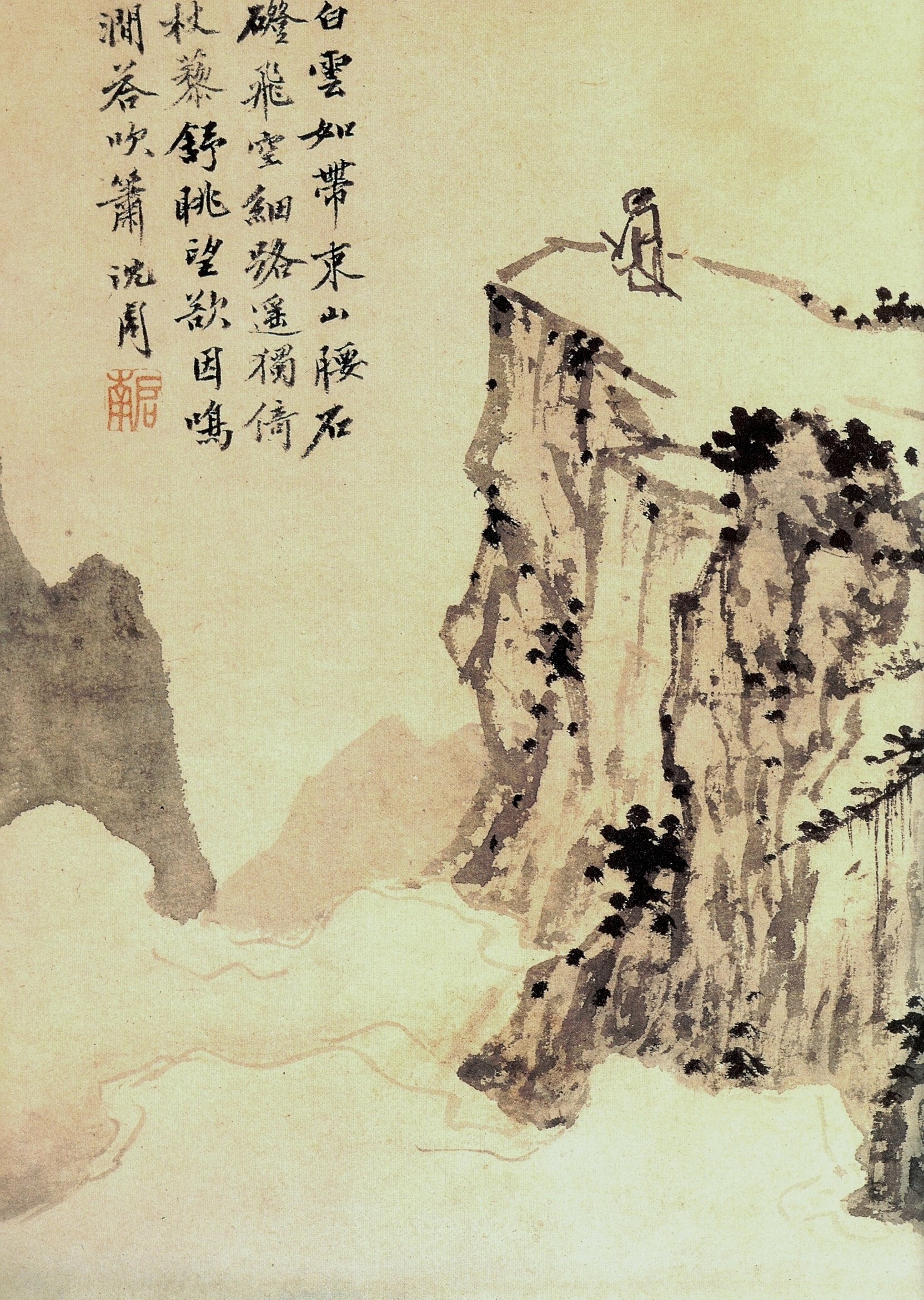
Episode 2: What is Modernity?
Teaching Aid
Teaching Aid for Episode 2: What is Modernity?
Teachers: please read the introduction to these teaching aids first.
Pre-Listening Journal/Discussion Questions
Teachers may consider using the classroom activity that Gina Elia describes in her response to this episode, “Teaching Modernity.”
What do you think it means to be “modern”? When would you place the dawn of modernity, and why?
Research the etymology of the word “modern.” Where does this word originate and what are its earliest uses? What might this reveal about what it means to be “modern”?
Watch the 3-minute animated video trailer for this episode. What notion of modernity will we be invited to set aside in this podcast series?
Listening Guide
What is Modernity? [0.00-7:07]
At the beginning of this episode, we hear a handful of college students express what they think it means to be modern. Their responses vary widely, but what do all of their accounts of modernity share in common?
What, according to episode producer Ryan McDermott, is one way in which we are not different from our ancestors? What is “modernity talk”?
Modernity in Ancient China [7:07-18:55]
What modernity claim did Emperor Qin make in 221 BC? What are some ways that he attempted to realize this modernity claim? How successful was he?
Roughly a century later, what different modernity claim did Emperor Wu of the Han Empire make? What are some ways that he attempted to realize his modernity claim? How successful was he?
What is the Huainanzi? What parallel does scholar Michael Puett see between the Huainanzi and the encyclopedic works of 19th-century German philosopher Georg Wilhelm Friedrich Hegel?
Despite making two different kinds of modernity claims, what end goal did Emperor Qin’s and Emperor Wu’s modernity talk share in common? How did they both relate to the past?
Back to Modernity Theory [18:55-24:10]
While affirming that it is legitimate to recognize ways that the past is different from the present, McDermott and Puett argue that modernity talk is limited in its usefulness, and sometimes even dangerous. What are the limits and dangers of modernity claims, especially the kinds of modernity claims made by Emperor Qin and Emperor Wu?
Hauntings and Humility [24:10-31:55]
What is the purpose of the rituals of Chinese ancestor worship?
What positive disposition to the past might we learn from these rituals, even if we don’t believe in literal ghosts?
Why is humility essential to the scholarly work of understanding the past and its relationship to the present? How can humility promote change?
What tool can help us understand and appease the “ghosts” of the past in a way that modernity thinking fails to do?
Post-Listening Journal/Discussion Questions
Do you agree that the past is both radically different from us, but also still with us and shaping us? Are we “haunted” by the past, as Michael Puett puts it? If not, why not? If so, what examples can you give of how the past is still with us?
McDermott asserts that humility is a necessary (though often neglected) disposition in our study of the past. Do you agree? If not, why not? If so, how does humility aid our understanding of the past?
Links for Further Exploration
“The Soundscape of the Huainanzi: Poetry, Performance, Philosophy and Praxis in Early China” This article by Peter Tsung Kei Wong includes side-by-side translations of excerpts from the Huainanzi.
Ming-era print copy of the Huainanzi
“Mausoleum of the First Qin Emperor”: At this UNESCO site you can view photos of the army of terracotta warriors that guard Emperor Qin’s burial site.
“See the Face of Emperor Wu”: This Smithsonian Magazine article describes how scientists used DNA analysis from Emperor Wu’s skeleton to make a digital reconstruction of his face and to hypothesize reasons for his early death.
